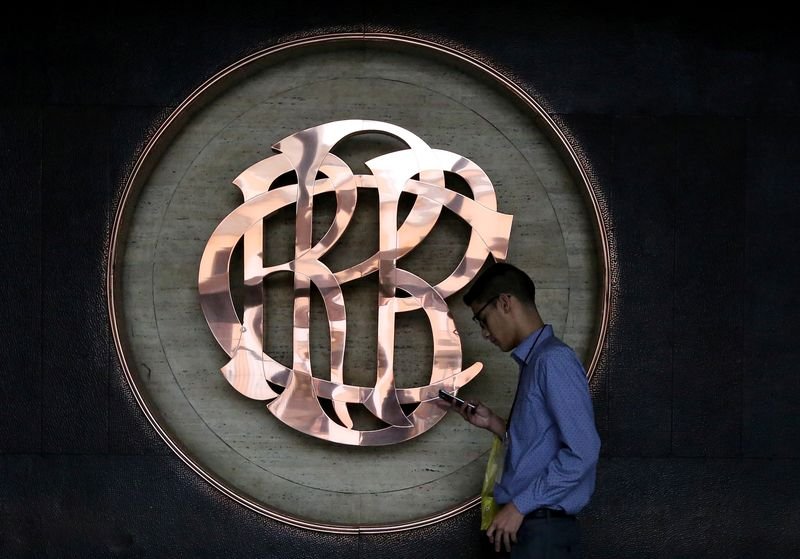Peru’s Central Bank Maintains Growth Projections Amidst Economic Changes
Amid ongoing economic shifts and inflation concerns, Peru’s central bank has decided to keep its growth forecasts stable. This decision comes at a time when various external factors, including international trade policies, could potentially impact the nation’s economic landscape.
Economic Overview
The Peruvian economy has shown resilience in the face of global economic turmoil. Despite challenges such as fluctuating copper prices and inflationary pressures, the central bank’s forecasts reflect a cautious optimism. With stable predictions, stakeholders can better navigate the economic landscape.
Inflation Rates and Monetary Policy
Inflation in Peru has been a focal point for policymakers. The central bank has implemented various strategies to manage inflation while ensuring economic growth. By keeping interest rates steady, the bank aims to balance the need for economic stimulation with controlling rising prices. This approach signifies a commitment to maintaining a stable economic environment.
Copper Tariffs and Trade Relations
Recent developments in international trade, particularly concerning tariffs on copper, have raised concerns among Peruvian economic analysts. Copper is a vital export for Peru, and any alterations in trade policy could have significant ramifications. The central bank is closely monitoring these changes to adjust its forecasts and recommendations as needed.
Challenges and Opportunities
While the central bank remains positive about growth prospects, challenges persist. Issues such as political stability, resource management, and global economic fluctuations continue to affect the country’s economic performance. Nonetheless, opportunities are also emerging, particularly in sectors like mining and agriculture. The bank’s steady growth forecasts suggest a proactive approach to harnessing these opportunities while mitigating potential risks.
Future Projections and Economic Indicators
The central bank’s growth projections are based on various economic indicators, including GDP growth rates, employment statistics, and investment trends. By analyzing these factors, the bank provides a comprehensive overview of the economic landscape, empowering businesses and investors to make informed decisions.
Conclusion
Peru’s central bank is strategically navigating the complexities of a changing economic environment. By maintaining stable growth forecasts and responding to emerging challenges with data-driven strategies, the bank plays a vital role in ensuring the nation’s economic resilience. Stakeholders can look forward to a carefully managed economic future as the bank continues to monitor both domestic and international trends.
